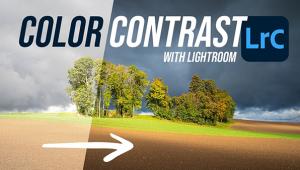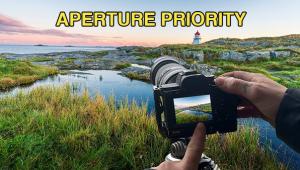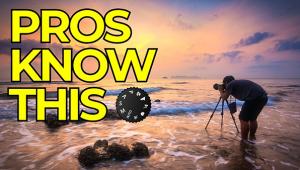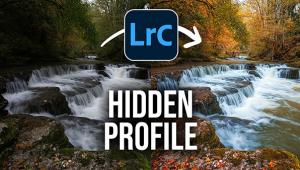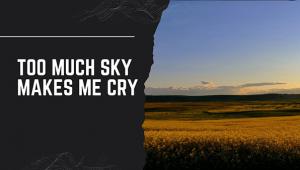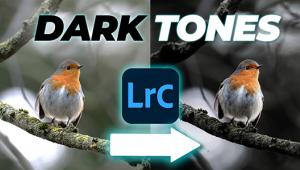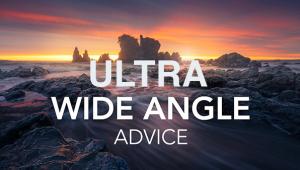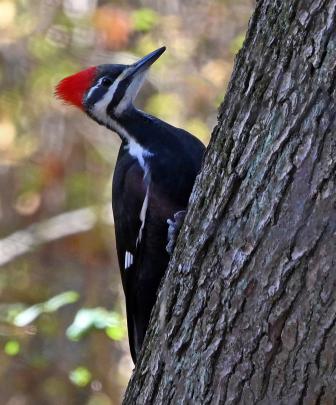ESSENTIAL Tips for Shooting Epic Photos at Night (Video)
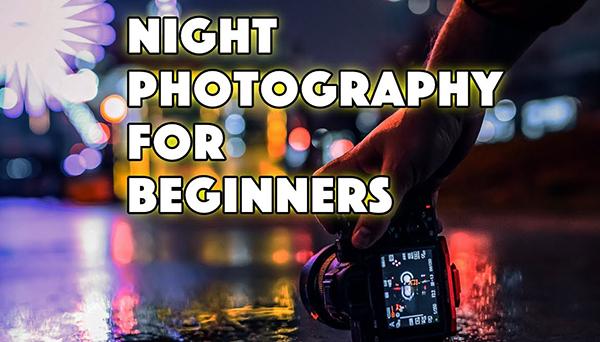
If you never venture out with a camera after dark, you're missing out on a bunch of great photo opportunities. Landscapes can take on an awe-inspiring look, and urban scenes that appear boring during the day transform into magical tableaus full of sparking lights, interesting reflections, and vivid colors.
Unfortunately some photographers pack it in as soon as the sun drops below the horizon because of a misconception that night photography is beyond their skills. This eight-minute primer will disabuse you of that notion and provide the necessary confidence for to get out there and prove that nighttime is the right time.
Instructor Justin Carey just launched a new YouTube channel that explores the rewards of his creative life with a camera. In this episode he describes the basics of night photography and explains the necessary camera settings so you can immediately begin making beautiful photos in any low-light situation. He designed this lesson for beginners, but experienced photographers will pick up a helpful tip or two as well.

Carey admits that this genre can be intimidating to the uninitiated because some of the typical rules don't apply. For those wondering why they should bother learning these new techniques, Carey says this: "First everything looks more interesting at night. Secondly, nighttime creates a landscape all its own, with the craziest things that you never see during the day."
Bottom line, the more time you spend shooting at night, the more weird and wonderful scenes you'll discover. No special gear is required to capture dramatic photos, so whatever camera you own will do fine. Even most point-and-shoot cameras and modern mobile phones include custom night photography modes. And, yes, a tripod or other form of camera support is important.
Carey describes the camera settings he prefers, being careful to note that these aren't absolute rules, but rather suggestions for a starting point that's subject to experimentation. Some "purists" may disagree, but Carey recommends starting in Aperture Priority mode—at least until you get the hang of things.

After covering exposure and other technical matters Carey discusses a few other important considerations for shooting at night. These include advice for keeping yourself (and your gear) comfortable and safe—especially when you find yourself in unfamiliar or "dodgy" territory.
After watching the lesson head over to Carey's new channel and give it some support. Then check back often to see what else he has to offer.
And don’t miss the tutorial we posted earlier from another of our contributors, with a very helpful primer on using your camera's light meter to capture perfectly exposed photos.
- Log in or register to post comments




